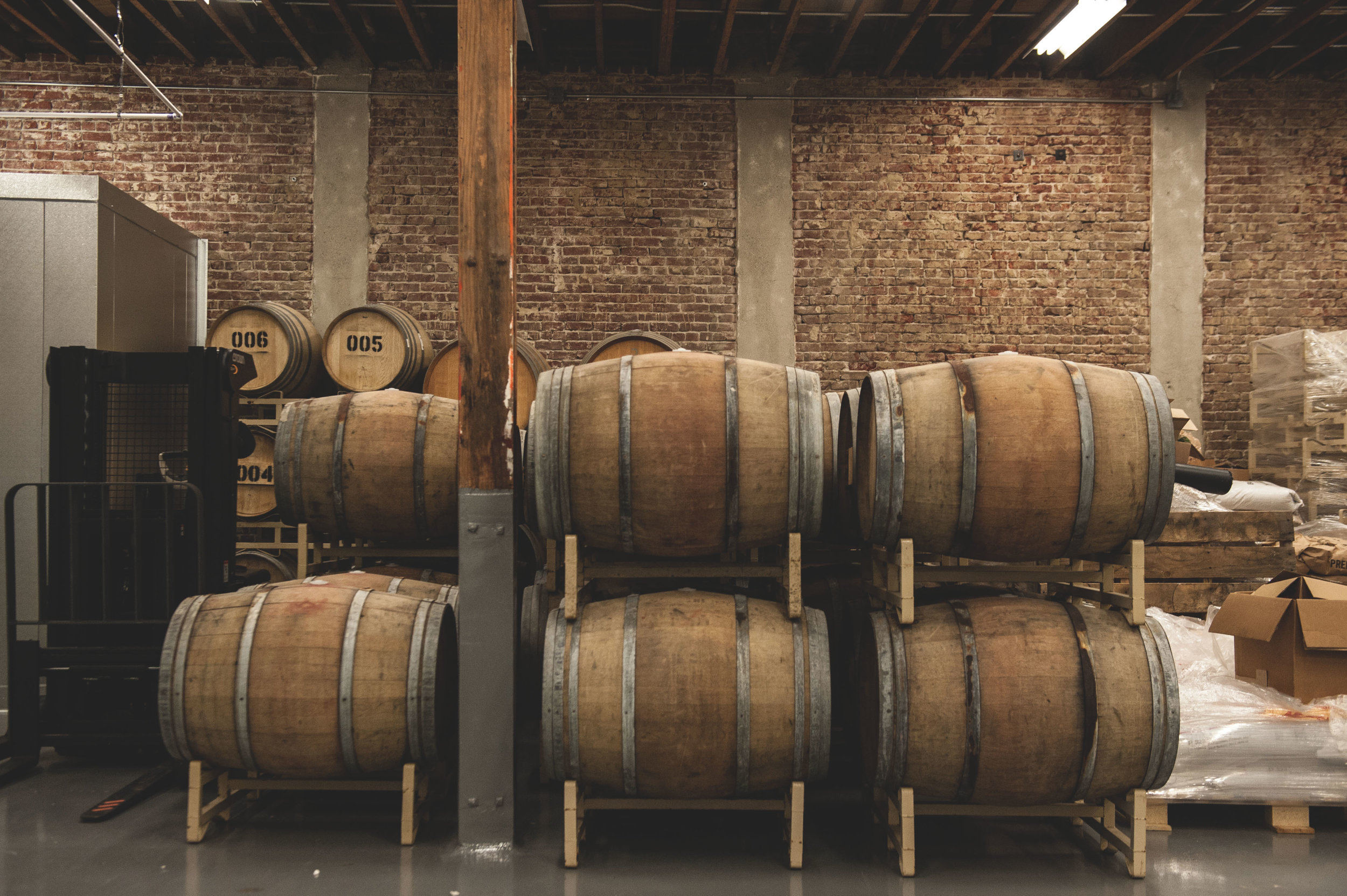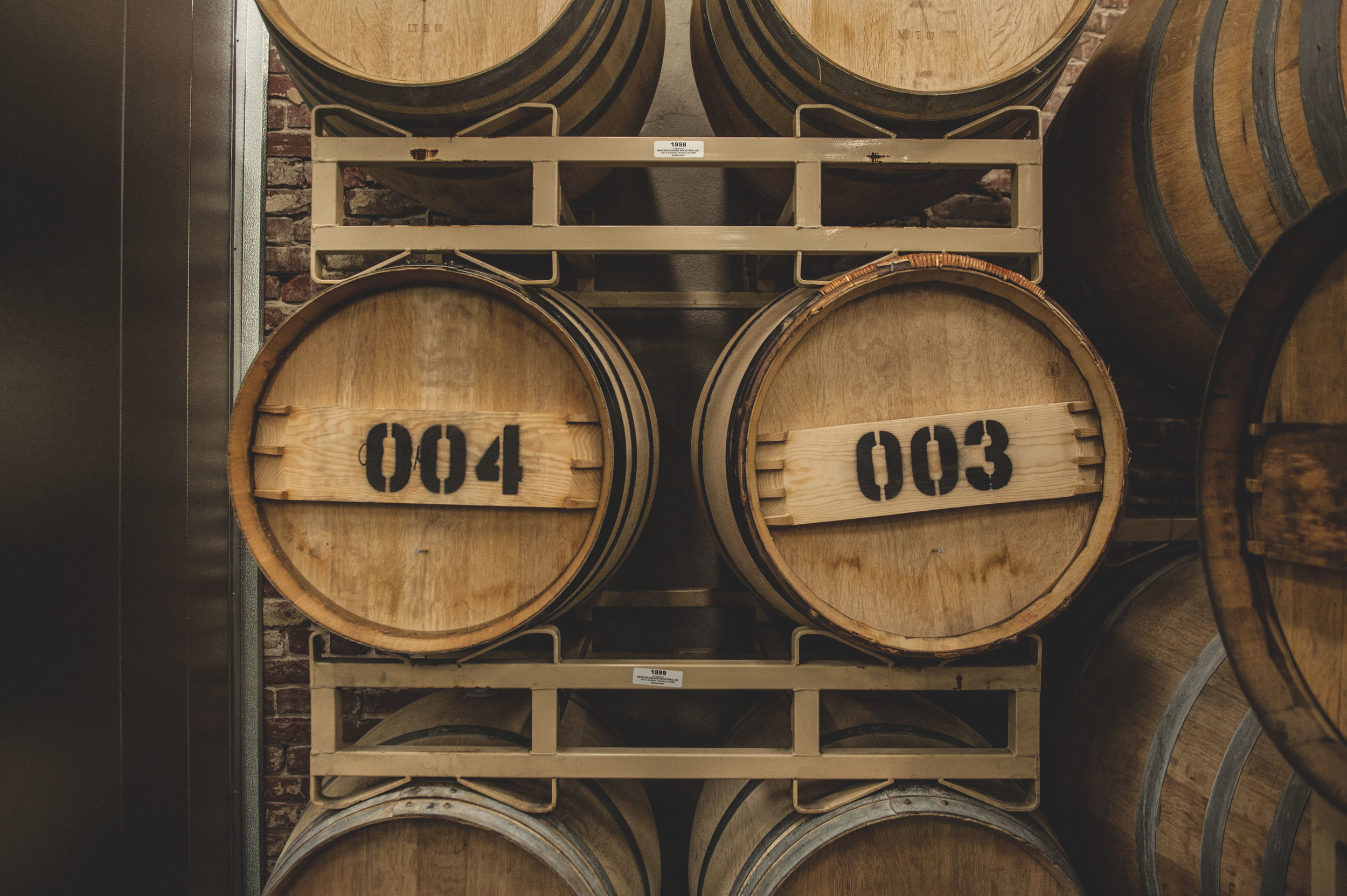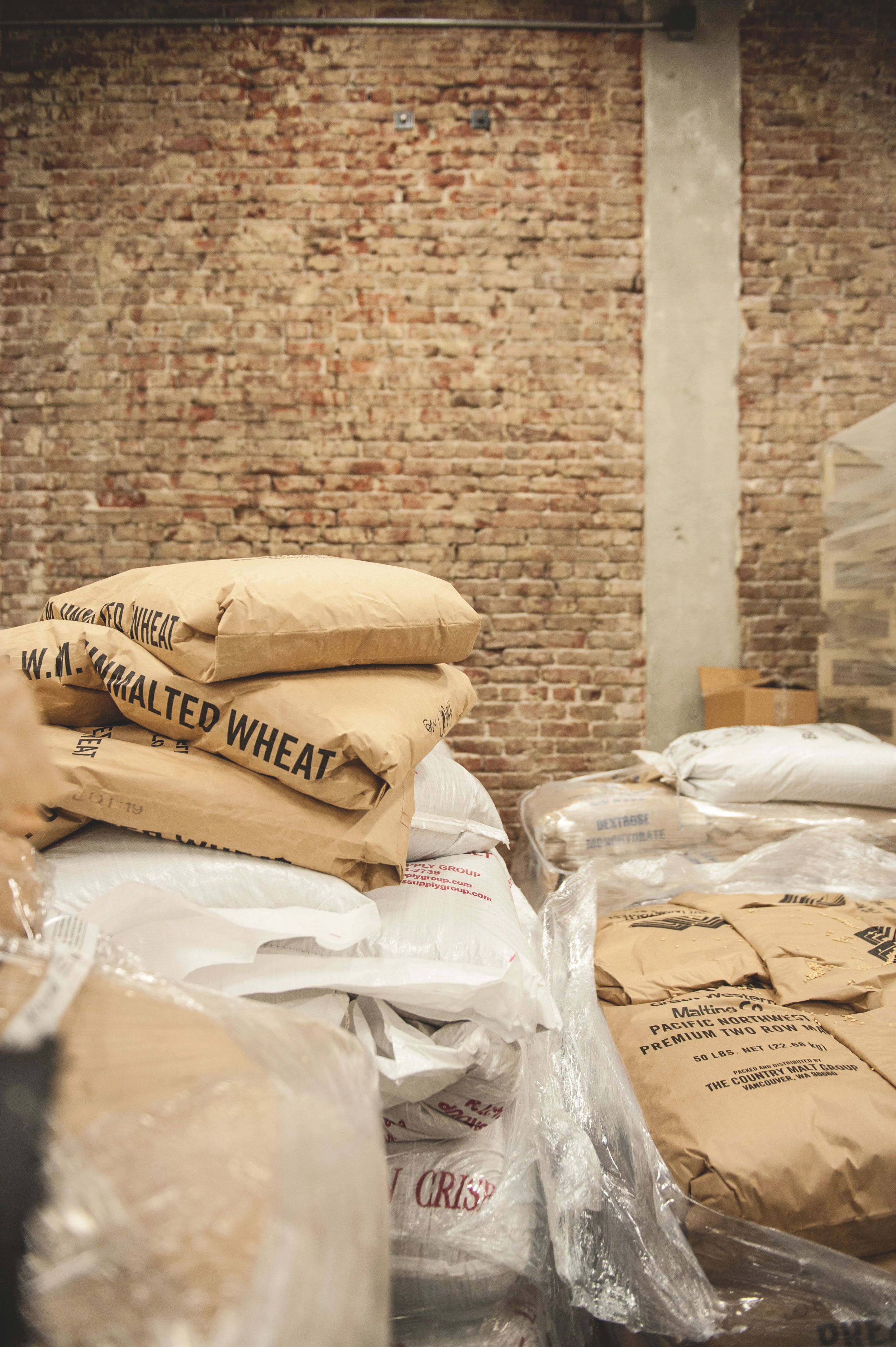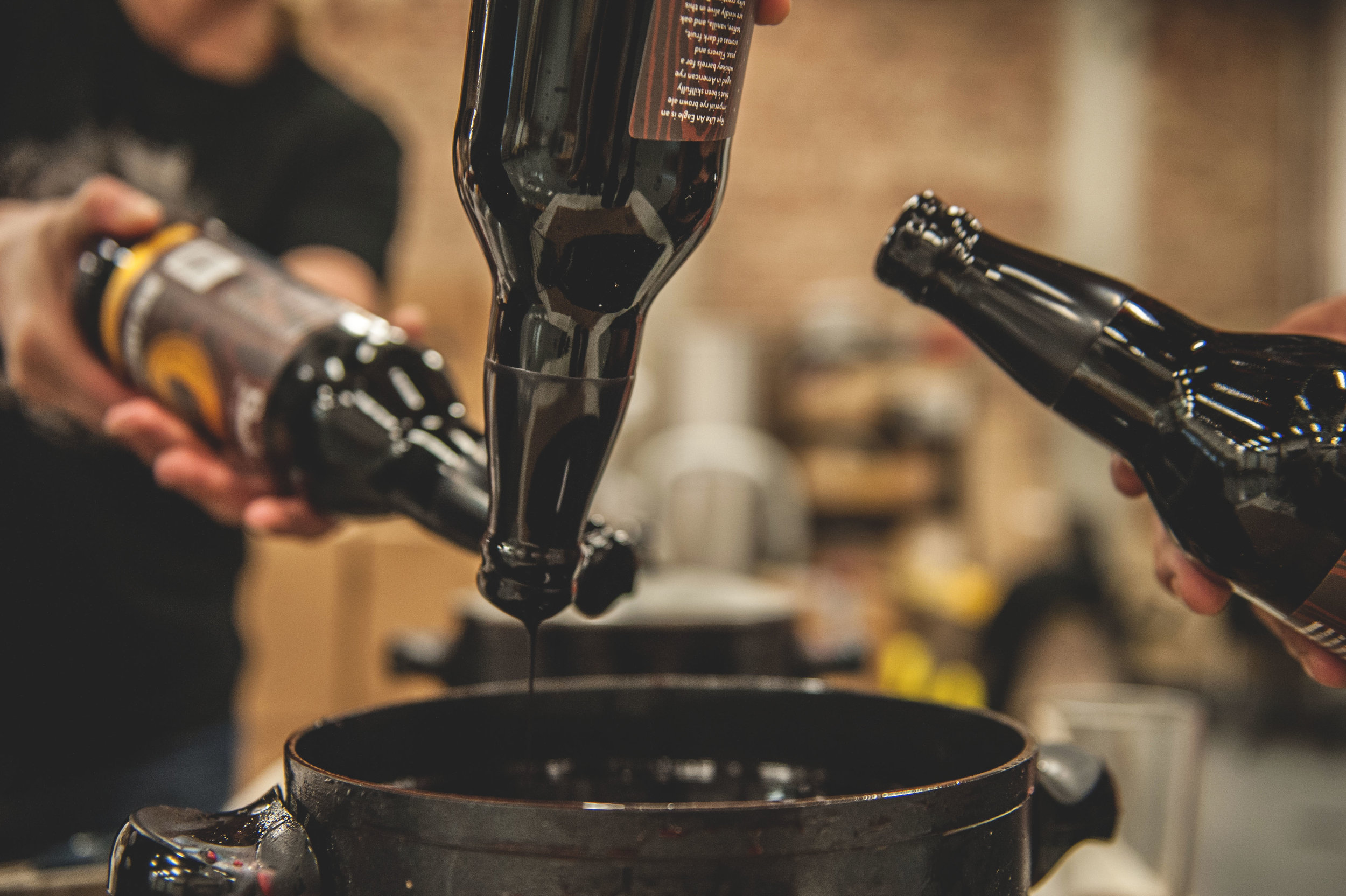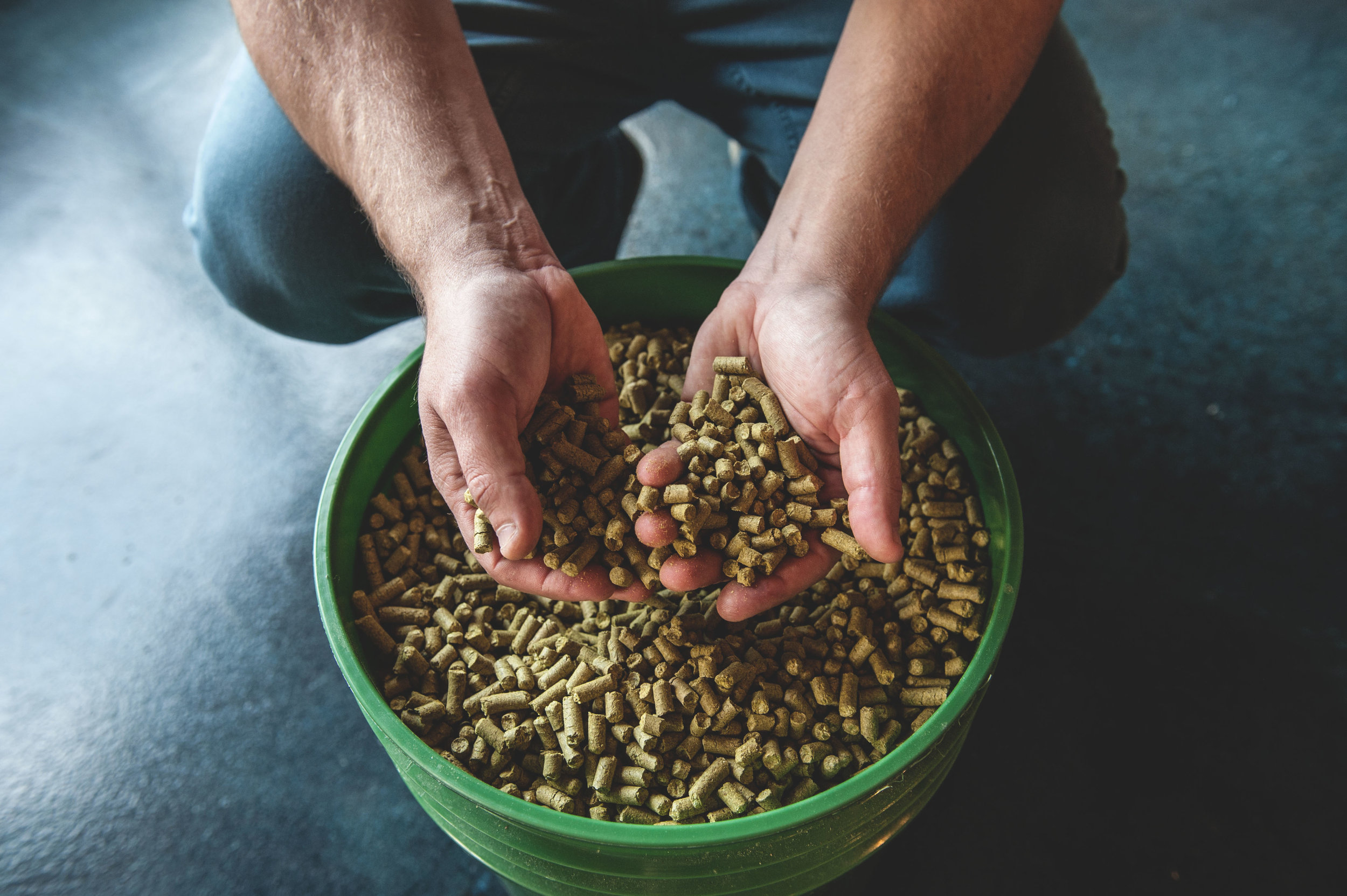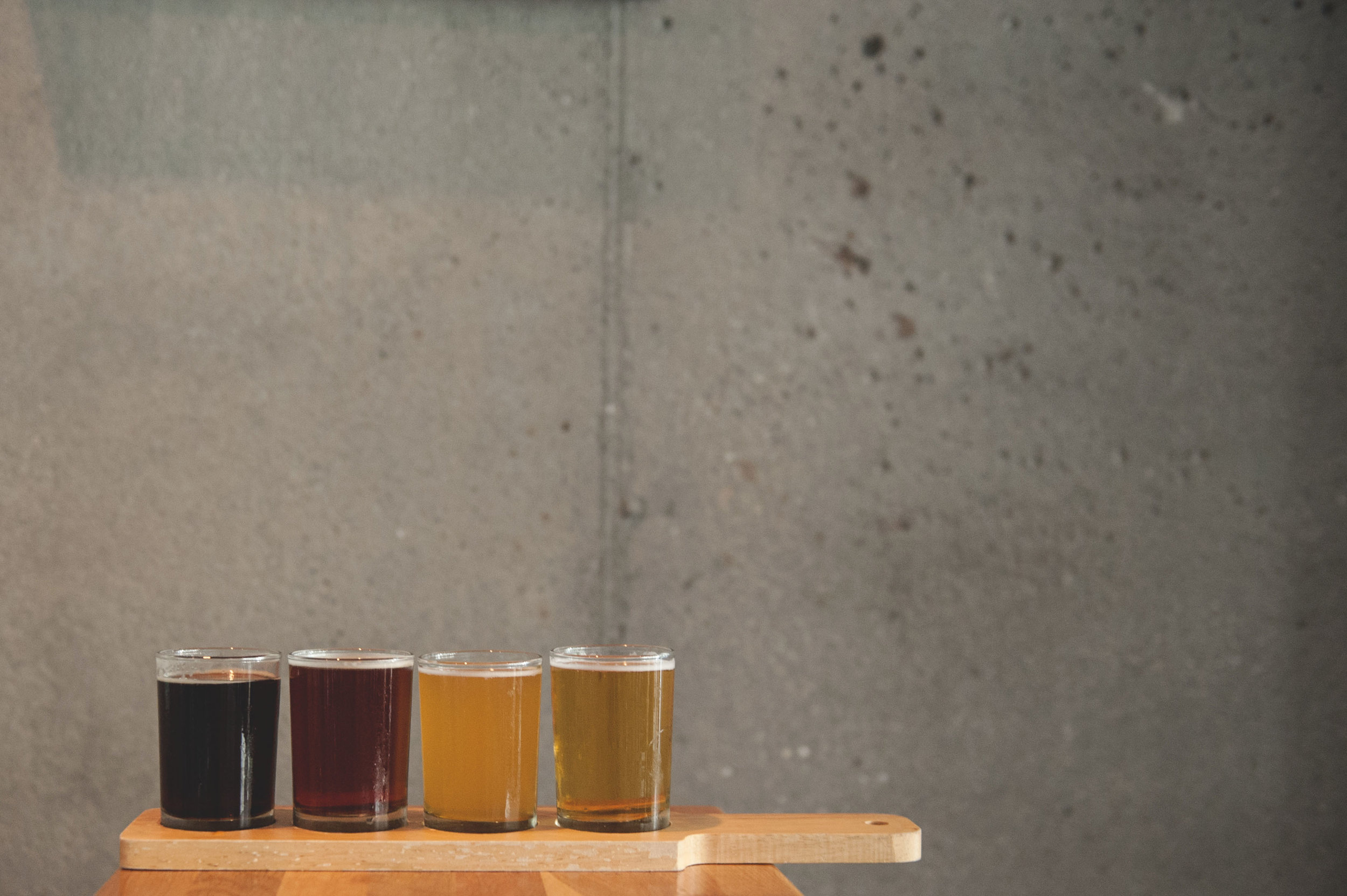Blend But Do Not Break
by Gus Donohoo
Blend But Do Not Break
Beachwood Blendery
When we think of the catalysts for grand visions of human endeavor, we tend to think of serious men and women in hardhats, poring over complex blueprints, while labyrinthine entanglements of steel girders assemble in their minds eye, or perhaps we think of the lonely, impoverished musician, fingers flitting endless scales across a worn-out finger board, and dreaming of that big stage…we tend not to think of yeast.
Yeast is a fungus. It is also the catalyst–the literal and figurative catalyst–for the Beachwood Brewery’s audacious new project in Long Beach California, the Beachwood Blendery. Yeast always plays an essential role in the production of beer, as it converts the sugars from malted barley into alcohol–a process better known as fermentation–but while most beers use a single strain of the fungi introduced to the brew in a precise and controlled manner, Beachwood is trying something a little more traditional.
In 2015 the Beachwood Blendery will be producing lambic-style beers. Lambics are an old-fashioned Belgian beer that is fermented by wild yeasts. Yeast has a dramatic effect on the flavor of beer, and lambics–also known as sour beers–are famed in brewery circles for their highly unusual taste. The wort of the beer (the liquid from the malted barley mash) is first exposed to open air before being left to ferment in wine barrels. According to Beachwood owner, project spearhead, and jovial beer aficionado Gabe Gordon; “depending on which way the wind’s blowing… what the weather conditions are, and what’s growing at the time around you, you don’t know what [the yeasts] are going to be.”
When I get to taste a lambic, the first thing I notice is the champagne cork atop its bottle, and then, after the honeyed gold beverage has been decanted, the taste proves absolutely nothing at all like I expect; “Oh it’s almost like a cider.” I comment, “It’s such a different flavor.”
Sour beers are a truly distinct product from commonly brewed ales, and for the most part, have remained a unique traditional delicacy of their Belgian homeland where they remain a popular drink. Much of what makes lambics so special is the mystery of their fermentation. As Gabe tells it; “[Y]ou talk to brewers about regular beer and I can say ‘how is that done?’ And they can go ‘this is how it’s done, this is why we did it, this is what will happen if we change any variable…’ With sour beer, you often hear ‘Oh it’s magic. It’s the magic air. It’s spontaneous.’”
The use of wild yeast presents a challenge for producing a marketable, consistent flavor. This is where the blending comes in. The beers Beachwood will be producing are a local version of a blend of lambic-style beer known as gueuze (or gueuze-style beer) which are created in much the same way as blended whiskeys. Each batch of lambic-style ale is aged in a barrel of French oak, and much of the sorcery of the yeast comes from the rich fungal and bacterial milieu of a well-pedigreed wine cask.
“You’re looking for a home for all your yeast and bacteria to live.” Gabe explains, “Old, old, old multi-use barrels. What you’re hoping for is that the bacteria and yeast…is living in harmony and it’s producing an excellent flavor.”
There’s a real quest for knowledge underpinning the Beachwood endeavor, and the project is incorporating a scientific data collection program in Belgium that will enable them to replicate the environmental conditions of the Belgian brewhouses that have been producing the product for centuries. Gabe is confident that there’s a lot to be unravelled: “In sour beer…you’re a little at the whim of nature. For now. There’s a lot of mystery currently. There’s a lot of science that’s left to be learned, these yeast and bacteria have metabolic pathways that are recordable and consistent.”
“You’re not afraid that like Ahab and the whale, you are going to discover these secrets and that then they are going to lose some of that magic?”
“It very well might’ Gabe answers, ‘but maybe by then I’ll be really into whiskey and that’s ok.”
To achieve their vision Beachwood have repurposed a 100-year-old red-brick building into a spacious, state-of-the-art, temperature controlled blendery and brewery that will eventually house over 1000 barrels of aging lambic-style beer. This is a truly major undertaking, particularly given that it is for a product that lacks a significant established market in the United States.
“There’s only 12 breweries in the world making gueuze and that’s what I drink,” Gabe tells, “it’s a totally lofty goal, and we may never get that. It may be impossible. I don’t know but I want to try.”
A grand and gutsy vision that’s surely worth toasting.



